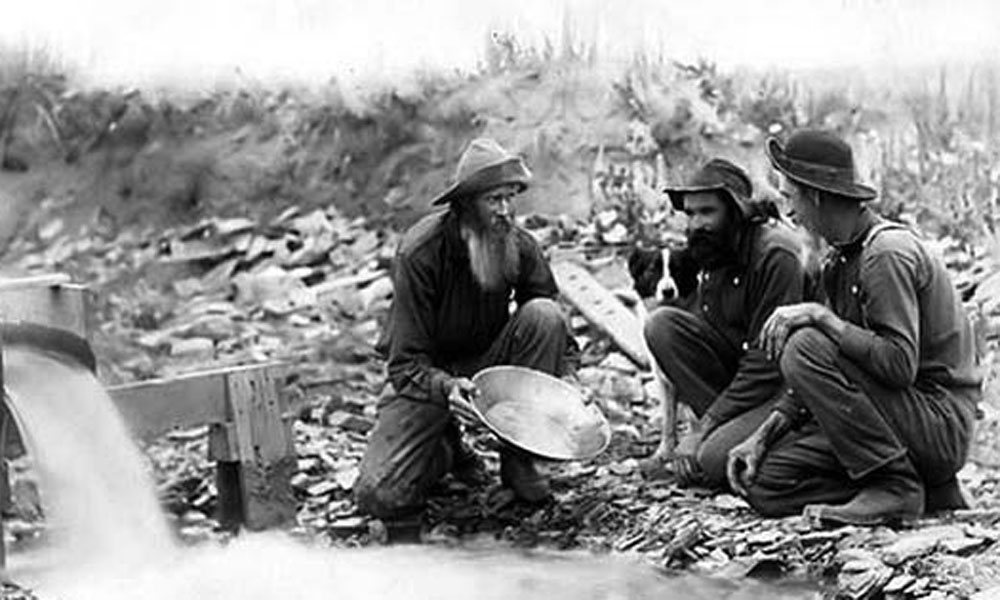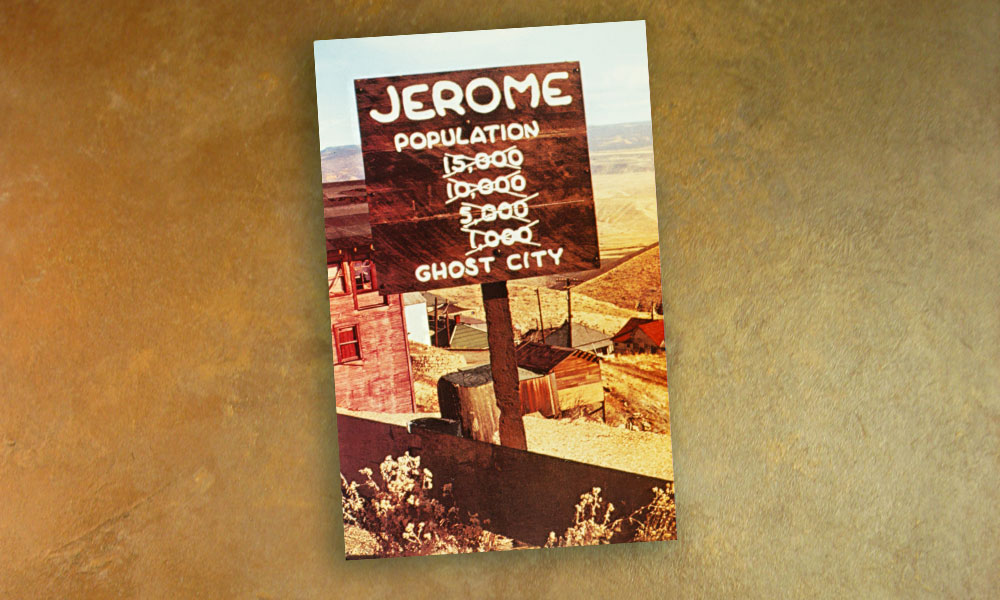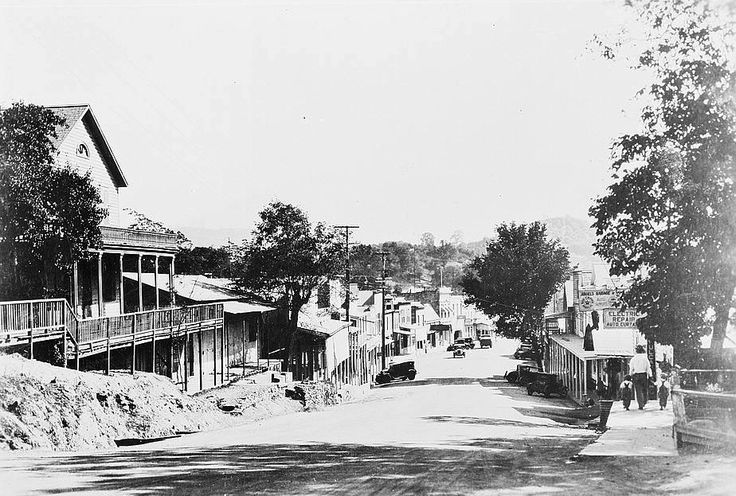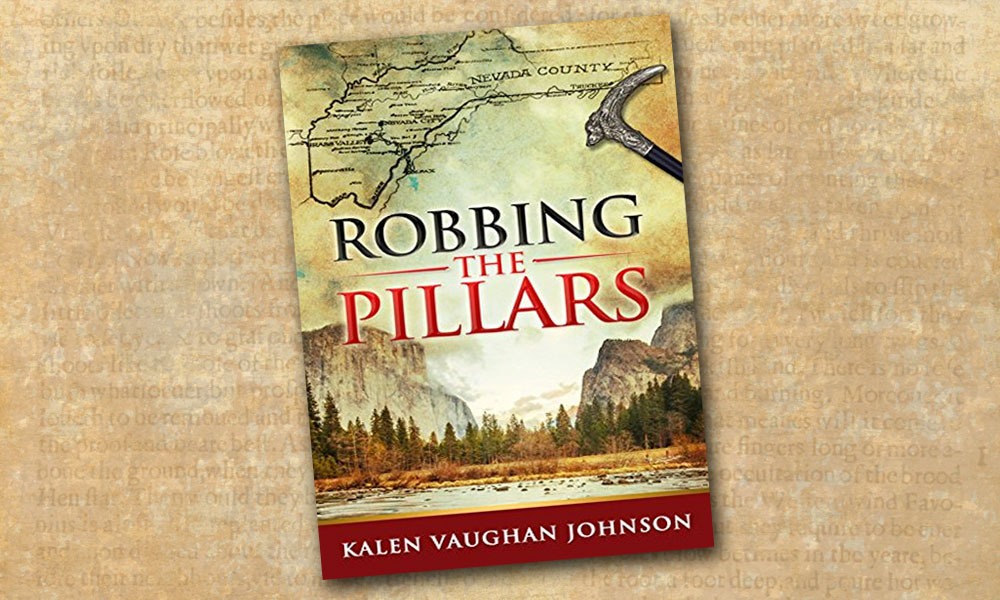 California’s Mother Lode was a magic rectangle on the western slopes of the Sierra Nevada. It was only 60 miles long and 40 miles wide but yielded a bonanza far beyond the wildest dreams of the Spanish Conquistadores.
California’s Mother Lode was a magic rectangle on the western slopes of the Sierra Nevada. It was only 60 miles long and 40 miles wide but yielded a bonanza far beyond the wildest dreams of the Spanish Conquistadores.
The color of gold; the shine of it; the sudden moment when a stone just turned and revealed its speckled presence was a prospector’s fantasy, much the same as the sailor’s mythical mermaid.
He set his nose toward the next bonanza and moved along with a shout ringing in his ear, “I’ve found it boys!” It was under the next hill, in the waters of the next river; hope never died. Gold might be found anywhere and for the first time in history, the finder got to keep what he found.
There was an old saying, “gold is where you find it,” or, as one disgruntled prospector said, “gold is where I can’t find it.
At Columbia, a man pulled up a weed in his garden and found a $5,000 nugget tangled in its root. Chickens were gatherers of nuggets and their gizzards were searched by cooks before frying them. At Diamond Springs one fowl was killed for a Sunday dinner whose gizzard panned out at $12.80.
Even a lazy man could do well in diggings as rich as Columbia’s. One of the first comers was too lazy to wash his drawers. He tied them to a limb that overhung a stream and let them dangle in the water. He figured the current would wash them. Next morning when he came to fish them out—lo and behold, he found his drawers were gold-plated.
On the Tuolomme, a hunter shot a bear and the bear tumbled over the edge of a canyon, landing on a ledge. When the hunter climbed down, he found the ledge laced with gold.
A man who had been sitting on a rock, moping in discouragement and homesickness arose and kicked the rock in disgust. The rock rolled aside, disclosing a shiny gold nugget.
At Rich Bar, California, single pans yielded $1,500 to $2,000 in gold dust. Four men took out $50,000 in one day
Prospectors took out 30 pounds of gold in one month on the Yuba River. A nugget found at Calavaras weighed 195 troy pounds and was worth over $43,000. In Goldfield, Nevada, a single car load of ore was worth $600,000. Remember gold was worth only $20 an ounce.
Stories of instant millionaires swept across the nation and Europe like wildfire. People from all over the world headed for California where the pickings were easy. A party of prospectors from France arrived packing long-handled rakes, to “rake in the gold” from the middle of the river without having to get their feet wet. Their wives accompanied them with embroidered stools to sit on and tongs to pluck the gold from the streams. No report on whether or not they found anything.
Saloon owners liked to hire bartenders with broad fingers and thumbs. The price of a drink in the camps before coins were minted was a pinch of gold dust. The miner brought out his leather pouch or poke sack and the bartender took out as much gold dust as he could hold between his thumb and forefinger or a “pinch.” The bigger the fingers, the bigger the profit.
A story from Shaw’s Flat tells of a bartender who found a unique way to increase his income. Whenever he took a pinch of gold in payment for a drink, he managed to spill a few grains on the bar. Not much but enough to go unnoticed by the boss. Each time he wiped off the bar he swept the bits of gold dust on to the floor. Every once in a while he stepped outside the back door where there was a mud puddle. He’d get the bottoms of his feet muddy then as he worked, carefully stepped on every bit of space behind the bar so that all spilled gold was picked up by the sticky mud. He’d then scrape his boots off on a bucket and after his shift, take the bucket out to a stream and pan it out. On week nights he made $30 and on weekends, his profit was over a hundred dollars in gold dust.






